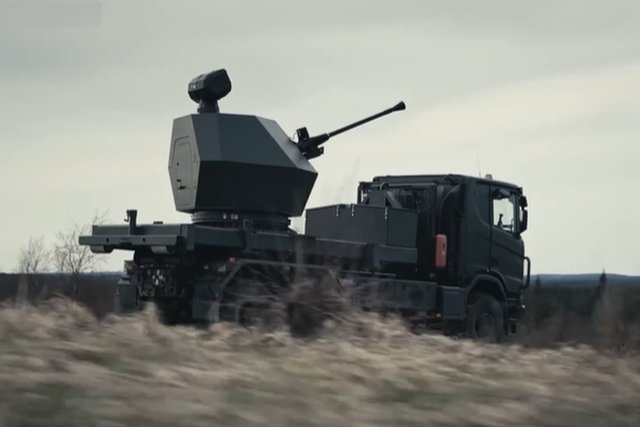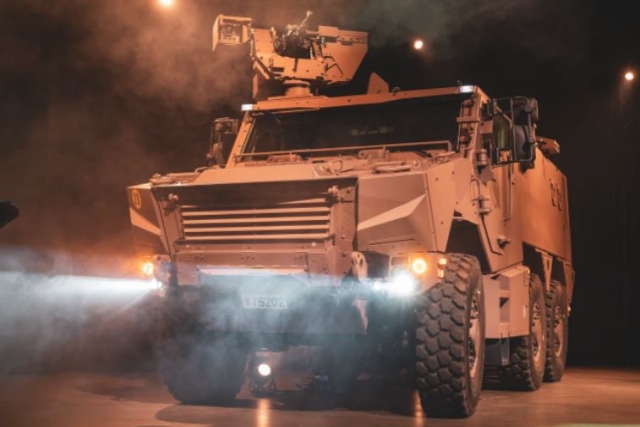LCA Competes With India’s Current and Future Foreign-Made Aircraft

Director General of the Defence Research and Development Organisation (DRDO), Avinash Chander
In an exclusive intervie with Defenseworld.net, Director General of the Defence Research and Development Organisation (DRDO), Avinash Chander talks about the light combat aircraft and land and naval projects.
DW : Can you name some recent successes of the DRDO?
Avinash Chander: DRDO has gone through a transformation phase culminating into major achievements. Most recent has been the Agni V which has brought it closer to the ICBM (intercontinental Ballistic Missile) category. Arihant (nuclear powered submarine) has become critical and the Light Combat Aircraft (LCA) is going towards Operational Clearance. Arjun Mark II has gone from user trials and has been met with most the requirements. It is for the first time that India has DRDO-developed indigenous platforms for land, air, space and underwater. DRDO has got a new work ethos and new a culture. We are committed to deliveries. I think we have emerged much stronger from the failures and learned how to build ourselves and it shows in the results seen over the last five years.
DW : What are the challenges you face now? Is it technology, is it partnerships?
Avinash Chander: Our challenges are our opportunities. Our aim now is to reach 75 per cent self-reliance. That is our goal. Now that requires growth in platform, weapons, ammunition, and our technology. There is no single area that needs self-reliance as much as defence. Secondly, as we move towards self-reliance we must have good partnerships internal and well as external. Internally with our industries we have to harness the industrial capabilities to its full potential. And then we need to have international partnerships. Today, a number of countries are coming (forward) to provide a quantum jump in Indian capabilities and cut down the development time frame. The third phase is to build for the future. That’s my biggest challenge today. Now we have transformed, we’ve become an organization that delivers, we have built an image where we are seen to be performing. But more importantly we have to continue this performance for tomorrow. That is where we need to build the scientific manpower, the technology base, the cutting edge technologies that come from the fundamental sciences. And that’s where we’re trying to involve universities and campuses to get more integrated with defense technologies which drive the economic potential and capabilities.
DW : Are you involved in any offset programs with foreign companies? Can you tell us with which companies?
Avinash Chander: DRDO, per say, is not involved in any offsets. Many industries (firms) who have worked and grown with DRDO have become offset partners. If you see, there are many dimensions to offsets. One is the pure work which is its economics aspect of it. Secondly, world-over it is being used as a technology acquisition channel. There we are working with the armed forces and the acquisition process, whenever we have acquisitions some part must be linked to technology upgrade. For example, if we’re looking for a model aircraft engine, for a single-blade rotor. Now very few countries have this technology. But now if I link it to one of the major acquisitions, we can force it to be available to the country. Which will result in India having its own aircraft engine of the latest technology. That is how we need to exploit offsets to build the technology base.
DW : The IOC (Initial Operational Clearance) of Tejas must be a momentous occasion for the DRDO. You’ve gone through a lot of turbulence with this project. Where do you see this project going now and what more needs to be done?
Avinash Chander: The LCA started in 1993 when we were first sanctioned to develop a prototype. Now 20 years down the line, we’ve got a 4+ generation aircraft. I consider it to be a good timeframe for a country which has not built an aircraft for the last 40-odd years. At the end of it, we’ve got an aircraft that is competing in capabilities with the best aircraft that we have and what we plan to acquire in the future. That is our indigenous strength. As we design and develop, we continuously keep on upgrading and modernizing even if there are delays. I’m very happy today that India will be having its own aircraft. More importantly we’re looking for high production rate and that is where HAL is fast gaining to ramp up the production capacity. We’re looking for the first aircraft to be rolled out from HAL in the first half of 2014. And that is where the change will happen.
DW : What are the next steps after the IOC? Will it be operationalised with the air force?
Avinash Chander: First step is starting production, second is the training process and induction plans will be activated. We also have some more activities with the air force, like mid-air refueling and weapons trials and things like that, which are more related to the operations rather than the performance. And thus LCA Mark I will be over. We’re also working on the upgraded version, Mark II. We’re also simultaneously working on the naval version of the LCA which will be based on the aircraft carrier as well as the new INS Vikramaditya. The LCA has a well defined program ahead. We’re also working next generation fight generation advance medium combat aircraft (AMCA) and that will be the next logical follow-up to the LCA.
DW : Can you tell us about your naval programs, like the Autonomous Underwater Vehicles (AUV) project?
Avinash Chander: AUVs are very important for us. We’ve already decided that the underwater system should be capable of going more than 150 meters for reconnaissance missions. That program will continue to have a higher level of sensors, better range. We see underwater systems playing a major role in coastal surveillance and advanced warning.
DW : DRDO has partnered with US defense laboratories. Can you tell us about these partnerships?
Avinash Chander: DRDO does not have any current partnerships. But we did have some technology transfers with some US companies for the explosive kits. We were also working with some of the technology innovation centers in the US to find new areas to collaborate. There is interest in the biotechnology transfer to the US because they’ve got a wide collection of animal-based fields which they need to develop without destroying life.
DW : Do you see any further cooperation, like the US naval research labs and defense advanced project agency?
Avinash Chander: As you know, the India-US relationship is emerging and is taking on a new dimension. We strongly believe that as this relationship emerges and becomes stronger there will be a strong potential for defense cooperation and research. Let’s wait and see what dimension it takes.
DW : On the Project-75 submarine, there have been new challenges. DCNS has been behind schedule. And you’re working on the air independent propulsion (AIP) systems. Can you tell us about the technological challenges there and how you are addressing the issue?
Avinash Chander: The air independent propulsion (AIP) systems is primarily the kind of electrolyte you seek to generate fuel cells and the kind of efficiencies it would have. We’re working on a phosphoric base. The lab models are complete and we will work closely with the French agencies, since they are providing the oxygen system. And integration of the submarine has to be the French responsibility. That is going well, we are working well. I’m sure whatever delays, if any, will be solved. Because there is no technology hurdle, now it’s being demonstrated and we’re confident. What it will do is, with its advantage on a diesel based submarine, is extend life upto 14 days underwater unlike the usual one-day.
DW : What is DRDO’s involvement in the FICV project?
Avinash Chander: We don’t have any direct involvement with the FICV. We’re open to supporting the industry. As I said, we always are willing to enable the industry to take up such challenges whenever needed.
DW : There have been a lot of ups and downs with the Arjun tank. It has now been inducted into the army. In fact, in some trails it was found to have performed better than the T-72 and the T-90. Do you see any further orders for the Arjun tank?
Avinash Chander: I think the armed forces are also working on a strategy on how to absorb it. It has gone through some evaluation ups and downs and its coming out to be a very viable. Particularly on the western sector – Gujarat and Rajasthan – it has a very strong potential. So I’m very sure that orders will come.










